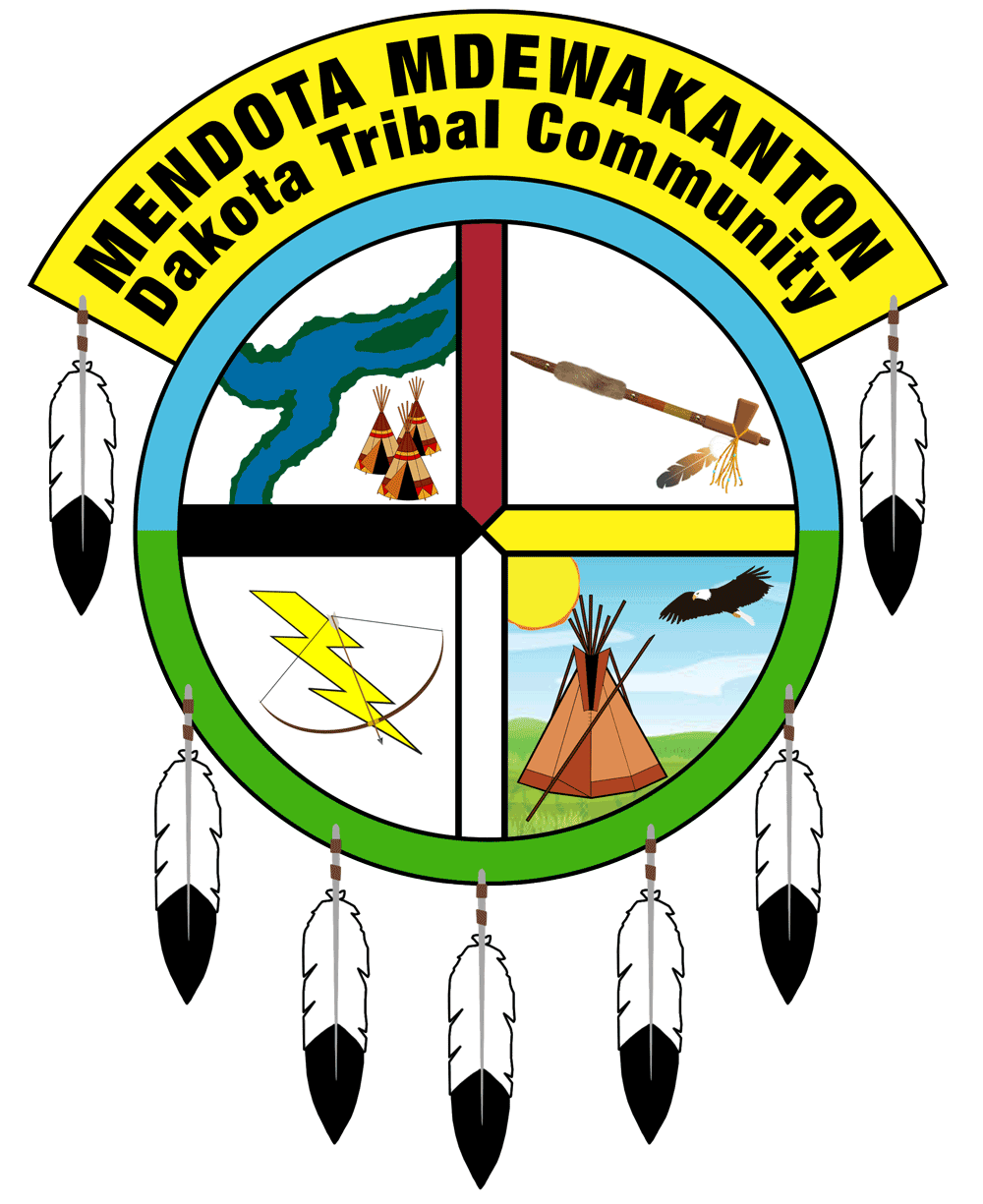Patzin: Â Wombs and Land
By Patrisia Gonzales
Column of the Americas (c) July 16, 2008;
Patzin, “respect-worthy medicine” in Nahuatl, Â is a monthly feature on Indigenous medicineMiriam Aviles-Reyes was pulled over by Tucson police while driving
brown, pregnant and without papers in December 2007. Â In this era
where the border has been extended into city streets, Â the uterus of
Indigenous women cannot escape militarization. Tucson police quickly
called in the border patrol; Miriam went into labor. Instead of her
husband by her side at the hospital, an immigration office kept watch,
insisting that she hurry up and push. Â As her baby descended through
the birth canal, she recalled, the officer persisted in his threats to
deport her.
Nez Perce-Chicana scholar Ines Hernandez-Avila has addressed how the
reproducing bodies of Indigenous women are subject to state control
because they threaten many nation states and occupying forces with
their ability to reproduce and sustain distinct peoples. Â With a 4 to
1 birth rate among young Latinas, Indigenous-rooted women pose various
threats to those who fear the browning of this country. Their bodies
and the acts of their bodies are challenges to notions of homeland.
What threat could Miriam have posed for the immigration official to
violate the most sacred moments of life? Â It is doubtful she would
have attempted escape with a baby crowning. Â The officer potentially
risked that child’s life from the duress that Miriam experienced.
Indigenous midwives say that when a pregnant woman experiences fright,
or trauma, what is referred to as susto, it causes susto in both
mother and child. Luckily, her son was born without major
complications, but only with time will the family know what birth
trauma was inflicted upon this small one’s life. Â For many
Indigenous
peoples, the body is a land base and a sacred site and how we come
into this world is certainly a right to life and intricately linked to
self determination.Miriam, the mother of three U.S. citizens , originates from an old
Nahua village on the road to Xochicalco, a Mesoamerican university in
900 A.D. Â To be Mexican, even if her Indigeneity was not recognized,
is still to be treated like an Indian during various attempts at
Indian removal in this country. For many like Miriam, their brown skin
and Indian faces do not allow for their Indianess to be physically
invisible. Instead, official  narratives surrounding labels such as
“Mexican” and  “immigrant” deny their aboriginal histories and claims
and silence their original relationships to this continent. While in
labor, Miriam did sign papers agreeing to leave this country.
Around the same time, a grandmother in South Texas took on
Michael
Chertoff and the Department of Homeland Security in yet another
defense by Apache peoples to protect their land base and traditional
territories. Dr. Eloise Tamez and her daughter Margo are engaged in a
historic struggle for refusing to allow the border wall to traverse
the Tamez private property (part of a 1786 Spanish land grant) Â and
impede their ancestral Native trails. Professor Tamez has been
described as a Mexican American grandmother, and yet she and her
family assert their Indigeneity as Nde’ (Lipan and Jumano Apache) and
Basque descendants. Â El Calaboz Rancheria in the Lower Rio Grande
Valley, wrote Margo in a report to the United Nations, is located in
traditional homelands which were recognized by other Indigenous
peoples as “the place where the Lipan pray.”  The government has  sued
Tamez and she has countersued, while numerous elders have been
harassed by “armed personnel of the government,” according to Margo.
Calaboz, she writes, refers to an earthen dug-out prison: “… the
psychological warfare that the Spanish used against our ancestors to
contain them in little prison holes within the ground when they
resisted oppression and stood firm on dissidence against all power to
destroy a people.”The Tamez women are related to Esequiel Hernandez, the student who was
shot by U.S. Marines while herding his goats along the border in
Redford, Texas , in 1997. He was the first civilian killed by U.S.
military or National Guard since Kent State. A recent documentary
portrays how the marines, though charged with murder by the Texas
Rangers, were never prosecuted after a grand jury declined to indict
them. According to the Tucson-based Coalicion de Derechos Humanos, the
four- man unit, part of Joint Task Force Six, was the first known
joint domestic operation between the Departments of Justice and
Defense, and a precursor to the Department of Homeland Security.
Esequiel was Jumano Apache and doing what his ancestors have always
done, walk their traditional lands. As a local historian noted in The
Ballad of Esequiel Hernandez, they have walked those lands for 12,000
years. But Esequiel wasn’t “crossing the border.” Â Its militarization
has extended from the womb of one Indigenous mother to another. Â Â A
2008 report by that human rights coalition documented 128 bodies
recovered in the Arizona-Sonora border, including a miscarried fetus.
That which was life in a woman’s womb, child, tissue, blood, has
become these militarized lands.
(c) 2008 Column of the Americas
Gonzales can be reached at:
Column of the Americas – PO BOX 85476 – Tucson, AZ 85754
or Patzin@gmail.com
http://web.mac.com/columnoftheamericas/iWeb/
Site/Welcome.html
http://web.mac.com/columnoftheamericas/iWeb/
Site/Welcome.html
